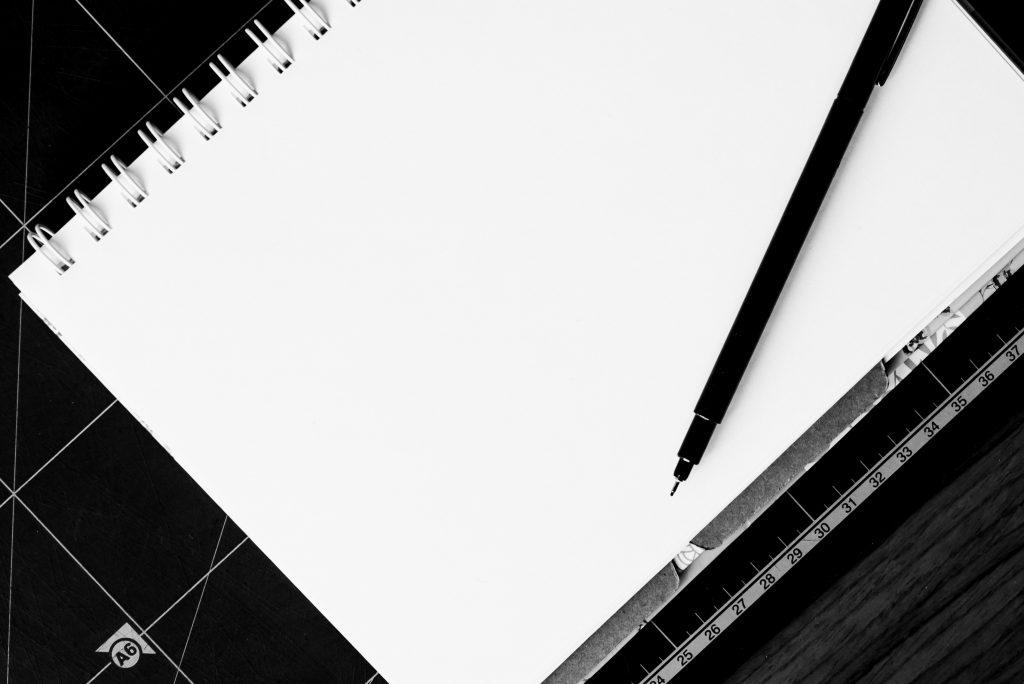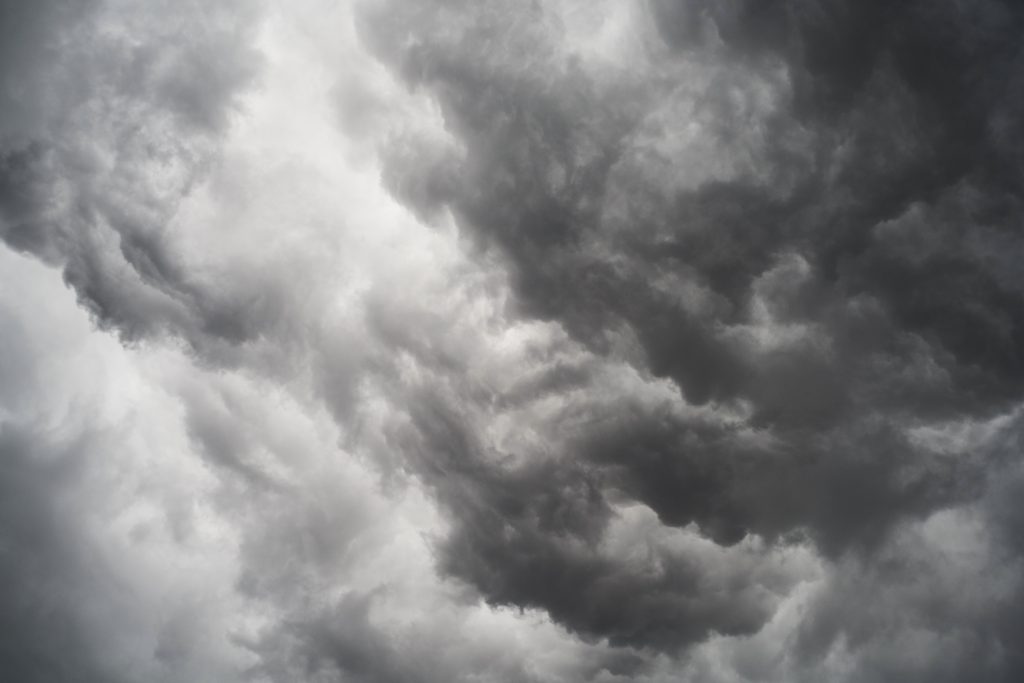Professional photographers can always explain why they choose a specific style of photography. This stands true for choosing between monochrome and colour photography too. While some choose this as a constant style, for others the choice of monochrome or colours is subjective. Photography training courses can give you the know-how and expertise to be purposeful and selective in the methods and modes of photography.
Every photographer wants to click images that convey something significant. That something gives credibility to the photograph and makes the effort worthwhile. Even in this era of liberal digital photography and its widely available enhancers, real photographers maintain a liking for specific methods of photography. This affinity is developed right from their time in a photography training institute.
Monochrome is a specialised and deeply interpreted colour mode in photography today. Photographers apply it with passion. All Photography school coaches students in the use of black & white photography, which is the most common form of monochromatic photography.
Monochromatic photography is classy and niche. You need a clear understanding of how it fits best practically. You get to learn this from Photography courses. Some of these practical observations are listed below.
Contrasts in Action

When the frame has clearly contrasting elements with respect to bright and dark areas, applying monochromes can create a distinct and sharp image. The clarity and effect in such frames will artistically dominate.
Abstract Pictures, Deep Sense

Sometimes, as it happens with black & white images, the colour tones of elements in the picture could mix up and create abstract effects. It needs imagination and insight to figure out the meaning it conveys. Such abstract work is highly possible with monochrome as colours make things too obvious too soon.
Capturing the Greys

Life is colourful. But it has shades of emotion that can best be captured in shades of grey. This is possible with monochromatic photography. It’s not an over-approximation that monochromatic photographs have a deeper effect. It does keep your focus pitched on the subtle aspects a frame has to convey.
Monochrome is definitely a way to create meaningful and distinctly expressive pictures, sometimes much better than colour images. With a clear understanding of its capabilities and possibilities, you can practically create masterpieces.

